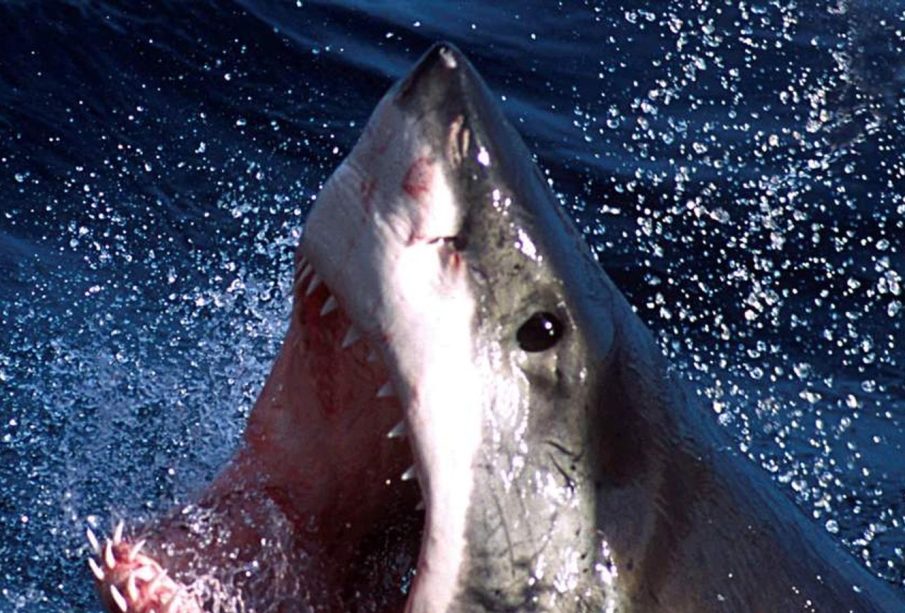Understanding Great White Sharks and Their Role in Ocean Ecosystems

Introduction
Great white sharks, known scientifically as Carcharodon carcharias, are among the ocean’s most formidable predators and have been a subject of fascination and fear in popular culture. Understanding their biology and behavior is essential for marine conservation and ecosystem balance. As apex predators, they play a crucial role in maintaining the health of marine environments, which is increasingly threatened by human activities and climate change.
Biology and Behavior
Great white sharks can grow up to 20 feet in length and weigh over 2,400 pounds, making them one of the largest shark species in the world. They have unique adaptations, such as an acute sense of smell, allowing them to detect prey from miles away, and powerful jaws filled with serrated teeth that can tear through flesh. Their diet primarily consists of seals, fish, and smaller sharks.
These sharks are known for their complex social behaviors. They exhibit curiosity and have been seen engaging in acrobatic breaches, possibly as a means of communication or as part of hunting strategies. Recent research has shown that great whites participate in seasonal migrations, traveling long distances to colder waters for hunting.
Current Threats and Conservation Efforts
Despite their status as apex predators, great white sharks are facing significant threats. Overfishing, habitat loss, and climate change have led to declining populations. They are often victims of accidental catches in fishing nets and trophies hunted for their fins. In response, governments and organizations around the world are implementing conservation measures aimed at protecting these vital creatures. For instance, in Canada, great white sharks have been listed as a protected species under federal legislation, prohibiting any form of fishing for them.
Research programs are also being established to better understand their movements and behaviors, utilizing sophisticated tagging technologies. These efforts are critical in informing policies that protect marine environments and ensure the survival of great white sharks.
Conclusion
The future of great white sharks is at a critical juncture. As climate change continues to alter marine habitats and human activities threaten their populations, it is essential for readers and ocean enthusiasts to understand the importance of these apex predators. By fostering greater awareness and supporting conservation initiatives, we can help ensure that great white sharks continue to thrive in our oceans, thereby maintaining ecological balance. Their survival is not just a matter of protecting a single species but preserving the entire marine ecosystem that relies on them.









